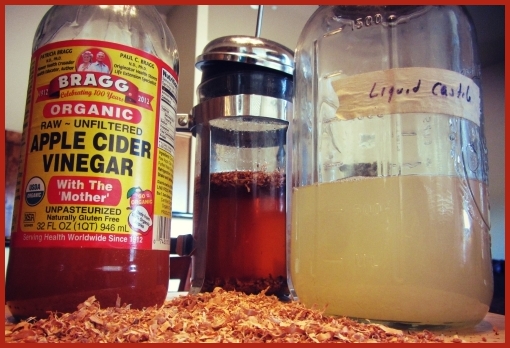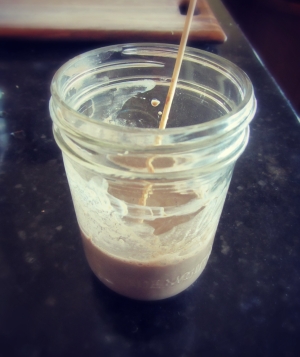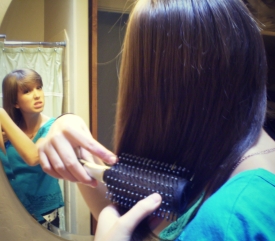All-Natural Shampoo
 Our hair is made up of fiber, much like wool that comes from sheep or Kashmir goats. With at least 100,000 hair fibers on our head, it makes sense to treat our hair much like we would a cashmere sweater. Most commercial shampoos contain chemicals like sodium lauryl sulfate, which strip much-needed moisture and amino acids. Why not switch from the "heavy-duty cycle" to "delicate" and try these natural alternatives?
Our hair is made up of fiber, much like wool that comes from sheep or Kashmir goats. With at least 100,000 hair fibers on our head, it makes sense to treat our hair much like we would a cashmere sweater. Most commercial shampoos contain chemicals like sodium lauryl sulfate, which strip much-needed moisture and amino acids. Why not switch from the "heavy-duty cycle" to "delicate" and try these natural alternatives?
Rhassoul Clay
 Rhassoul clay originates in Morocco. The name rhassoul comes from the Arabic word "rassala," which means "washing."
Rhassoul clay originates in Morocco. The name rhassoul comes from the Arabic word "rassala," which means "washing."
Rhassoul clay can be used as a soap, a shampoo, and a skin conditioner. Rhassoul contains more trace minerals than other clays. The silica, magnesium, potassium, and calcium work together to detoxify the skin and hair by exchanging themselves for toxic compounds. The toxins are thus replaced with the nourishing trace minerals.
With its rich history in beauty care, rhassoul clay makes a wonderful natural addition to any personal care regimen. Using it for the first time, however, can be a bit daunting. Here are directions and recipes to help you venture into the benefits of rhassoul clay.
All-Natural Hair Conditioner
 The best hair conditioners restore your hair's pH to its optimal level of approximately 5.6, which is on the acidic side of the scale. Chemical conditioners may accomplish this, but at what cost to your scalp and overall health?
The best hair conditioners restore your hair's pH to its optimal level of approximately 5.6, which is on the acidic side of the scale. Chemical conditioners may accomplish this, but at what cost to your scalp and overall health?
Why not try these natural options instead?
- Apple cider vinegar. Apply after shampooing, then rinse.
- Coffee grounds. Massage into hair to exfoliate. Rinse thoroughly.
- Lemon juice. Squeeze fresh lemon into jar, or boil and strain. Apply and rinse.
Five Ways to Stimulate Hair Growth
|
Hair loss (alopecia) is common to both men and women. Causes may include hereditary factors, hormonal changes, infection, toxic exposures, cancer treatment, malnourishment, and even hair treatments. According to the Mayo Clinic website:
|
|
To Dye or Not To Dye
For centuries women have risked their health for the sake of beauty. In the middle ages, Italian women used eye drops from the toxic belladonna plant in order to dilate their pupils. Pupil dilation was thought to be more attractive. Women hoped that "just a little poison" would give them the results they wanted without health implications. We may be doing the very same thing today.
Most hair dyes are made from petroleum sources and contain paraphenylenediamine (PPD). Here are several interesting facts about PPD:
- PPD, a derivative of coal tar, is also used in fur dyes, dark colored cosmetics, photographic developer, printing inks, greases, and gasoline.
- PPD was voted Allergen of the Year in 2006 by the American Contact Dermatitis Society.


